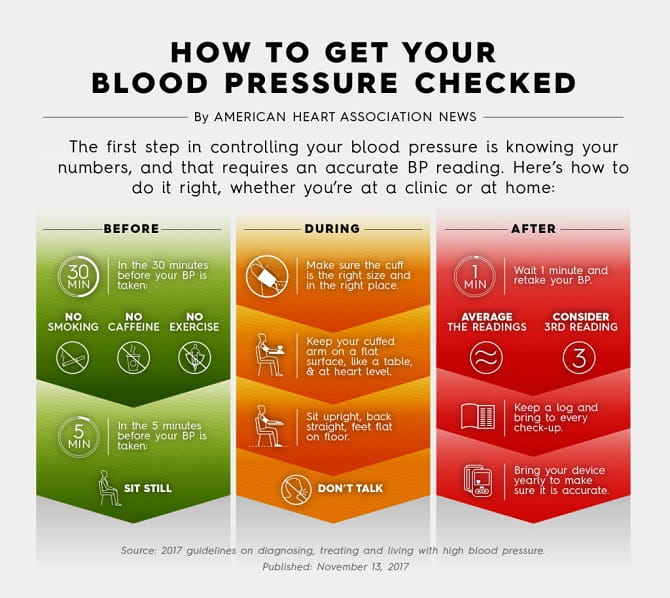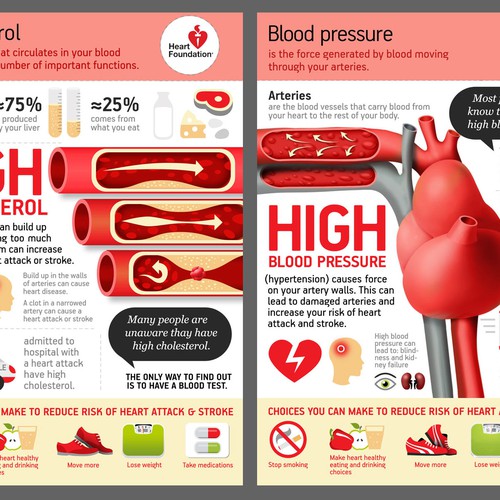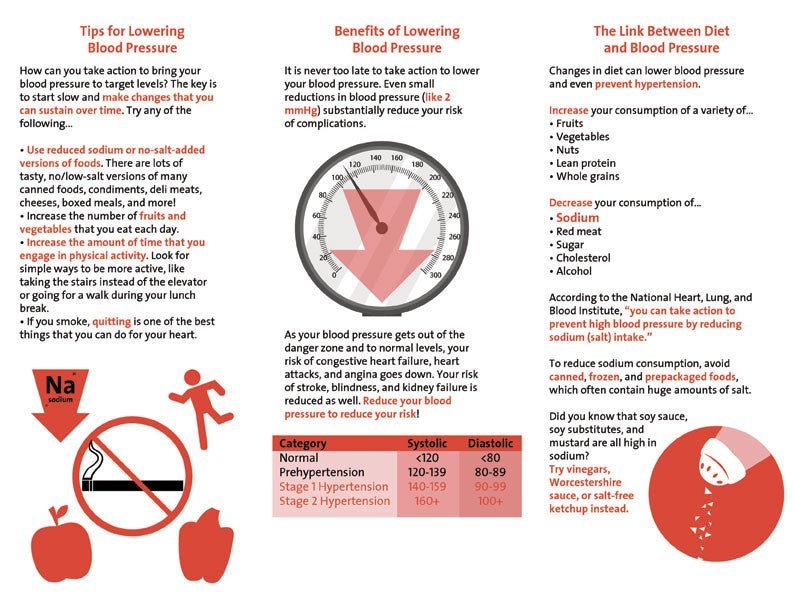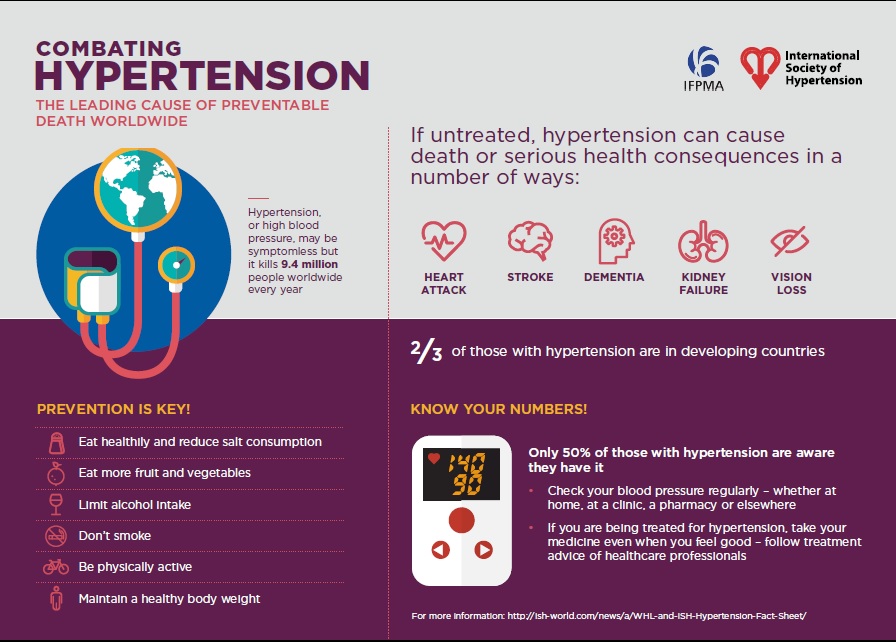Discover the top 10 insider tips for tackling high blood pressure and reclaiming your health in just minutes daily!
Table of Contents
- Introduction: What is High Blood Pressure?
- Know Your Numbers: Understanding Blood Pressure Readings
- The Secret to Salt: Watching your Salt Intake
- Eating Right: Building a Blood Pressure-Friendly Diet
- Move It to Lose It: Exercise That Helps
- Cool as a Cucumber: Stress and Blood Pressure
- Snooze Well: The Importance of Sleep
- Ditch the Bad Habits: Avoiding Things That Spike Your Blood Pressure
- Check with the Pros: Regular Health Check-Ups
- Happiness Helps: Staying Positive for Healthy Blood Pressure
- Conclusion: Recap of Managing High Blood Pressure
- FAQs: Common Questions About High Blood Pressure
Introduction: What is High Blood Pressure?
High blood pressure is a common health condition that many people have. It is also known as hypertension. But what exactly does it mean to have high blood pressure, and why is it important to take care of it?
Imagine your body as a bustling city, with blood being the cars that move around, carrying all the important stuff like oxygen and nutrients. Just like traffic in a city, blood needs to flow smoothly and at the right speed to keep everything running smoothly. High blood pressure is like having too much traffic on the roads – it can cause problems if not managed well.
When our blood pressure is high, it means that the force of our blood pushing against the walls of our blood vessels is too strong. Over time, this can strain our arteries and heart, leading to serious health issues. That’s why we need to understand what high blood pressure is and learn how to manage it to stay healthy.
Know Your Numbers: Understanding Blood Pressure Readings
When it comes to understanding your blood pressure, it’s important to know what those numbers mean. Let’s dive into the world of blood pressure readings and decipher the key information they provide.
What Do the Numbers Mean?
In a blood pressure reading, you will often see two numbers displayed. The top number is called the systolic pressure, which measures the force of blood against your artery walls when your heart beats. The bottom number is the diastolic pressure, which gauges the force of blood when your heart is resting between beats. Together, these numbers provide crucial insight into your cardiovascular health.
What’s Considered High Blood Pressure?
Understanding the ranges for normal, high, and low blood pressure is essential. Typically, a blood pressure reading of 120/80 mmHg is considered normal. High blood pressure, also known as hypertension, is diagnosed when consistently elevated readings reach 130/80 mmHg or above. On the other hand, low blood pressure, or hypotension, is when readings consistently fall below the normal range.
The Secret to Salt: Watching your Salt Intake
Salt, although tasty, can sometimes be a sneaky villain when it comes to keeping our blood pressure in check. Too much salt can make our blood pressure go up, and that’s not good for our hearts. So, it’s essential to be mindful of how much salt we consume to help our bodies stay healthy.

Image courtesy of www.heart.org via Google Images
When we eat too much salt, our bodies hold on to extra water to dilute the salt. This extra water can flood our blood vessels, causing our blood pressure to rise. High blood pressure can strain our hearts and blood vessels, increasing the risk of heart disease and stroke. That’s why it’s crucial to watch our salt intake and opt for healthier choices.
Easy Ways to Reduce Salt Intake
Here are some simple and tasty tips to help you cut down on salt without sacrificing flavor:
1. Choose fresh fruits and vegetables instead of processed foods, as they are naturally low in salt.
2. Use herbs and spices like garlic, basil, and lemon juice to add flavor to your meals without extra salt.
3. Opt for low-sodium or salt-free seasonings when cooking or eating out to control your salt intake.
4. Read food labels carefully to check for hidden salts in processed foods, and choose products with lower sodium content.
By being mindful of the salt we consume and making small changes in our diet, we can help keep our blood pressure under control and promote a healthier heart.
Eating Right: Building a Blood Pressure-Friendly Diet
When it comes to managing high blood pressure, what you eat plays a crucial role. Choosing the right foods can help keep your blood pressure in a healthy range. Let’s explore some key elements of a blood pressure-friendly diet.
Fruit and Veggie Magic
Fruits and vegetables are like superheroes when it comes to managing high blood pressure. They are packed with vitamins, minerals, and antioxidants that help keep your blood vessels healthy. Berries, leafy greens, citrus fruits, and bananas are excellent choices to include in your meals.
The Power of Potassium
Potassium is a mineral that helps your body balance sodium levels and regulate blood pressure. Foods rich in potassium, such as bananas, sweet potatoes, spinach, and avocados, can be beneficial for maintaining healthy blood pressure levels. Including these foods in your diet can make a significant difference.
Move It to Lose It: Exercise That Helps
Exercise is super important for keeping our bodies healthy, especially when it comes to managing high blood pressure. By moving our bodies, we can help lower our blood pressure and stay in top shape. Let’s dive into some fun activities and exercises that can make a big difference.

Image courtesy of vectormine.com via Google Images
Get Moving with Fun Activities
Playing games like soccer, basketball, or swimming can be a blast while also helping to lower your blood pressure. These activities get your heart pumping and muscles working, all while having a great time with friends. Plus, being active is a fantastic way to keep your blood pressure in check.
Make Exercise Exciting
Have you ever tried dancing or jumping rope? These are fantastic ways to get your heart racing and your blood pressure down. You can put on your favorite tunes and groove to the beat, all while improving your health. Jumping rope is another cool activity that’s not only fun but also great for your heart.
Cool as a Cucumber: Stress and Blood Pressure
Have you ever heard the saying “cool as a cucumber”? Well, when it comes to managing your blood pressure, staying calm and stress-free is super important. Let’s explore why feeling calm and happy can keep your blood pressure down and how you can beat stress like a pro.
Feeling Calm and Happy
When you’re stressed or upset, your body releases a hormone called cortisol. This hormone can make your heart beat faster and your blood pressure go up. But when you’re feeling calm and happy, your body releases endorphins, which are like little mood boosters that can actually help lower your blood pressure. So, it’s essential to find ways to stay relaxed and positive to keep your blood pressure in check.
Tips to Beat Stress
Now, let’s talk about some cool tips to beat stress and keep your blood pressure under control. One great way to relax is by practicing deep breathing exercises. Take slow, deep breaths in and out, focusing on your breath. This can help calm your mind and body in no time. Another tip is to do things you enjoy, like listening to music, drawing, playing with your pets, or going for a walk. Engaging in activities that make you happy can reduce stress levels and keep your blood pressure at a healthy range.
Snooze Well: The Importance of Sleep
Getting a good night’s sleep is super important for our bodies to work properly. Imagine sleep as a magical potion that helps keep your blood pressure in check, just like a fun mini-vacation for your heart!

Image courtesy of 99designs.co.uk via Google Images
Why Sleep Matters
When you’re snoozing, your body gets the chance to relax and recharge. This rest time is when your blood pressure can lower itself and get ready for a new day. If you don’t sleep well, it can make it harder for your blood pressure to stay at healthy levels.
The Sleep and Blood Pressure Connection
Research shows that people who don’t get enough sleep are more likely to have high blood pressure. That’s why it’s essential to aim for around 8-10 hours of snooze time each night, especially if you want to keep your heart happy.
| Trick # | Tip |
|---|---|
| 1 | Exercise regularly |
| 2 | Follow a healthy diet low in sodium and high in fruits and vegetables |
| 3 | Manage stress through activities such as yoga or meditation |
| 4 | Avoid smoking and limit alcohol intake |
| 5 | Monitor your blood pressure regularly at home or at the doctor’s office |
| 6 | Take prescribed medications as directed by your healthcare provider |
| 7 | Maintain a healthy weight through diet and exercise |
| 8 | Limit caffeine intake |
| 9 | Get an adequate amount of quality sleep each night |
| 10 | Stay hydrated by drinking plenty of water |
Ditch the Bad Habits: Avoiding Things That Spike Your Blood Pressure
This part will cover some habits to avoid to keep blood pressure from going up, up, up!
Avoiding Salty Foods
One of the bad habits that can make your blood pressure soar is eating too much salty food. Just like a superhero fighting a villain, you need to say no to chips, fries, and other salty treats that might sneak into your diet. Stick to healthier snacks like fruits and veggies to keep your blood pressure in check.
Say Goodbye to Sugary Drinks
Another sneaky way your blood pressure can rise is by guzzling sugary drinks like soda or sweetened juices. These drinks might taste yummy, but hidden inside their sweetness is a recipe for high blood pressure. Switch them out for water or unsweetened beverages to give your heart a break.
Avoid Smoking Like the Plague
If you ever come face to face with a cigarette, run the other way as fast as you can! Smoking is like a blast of toxic fumes that can raise your blood pressure and leave your body feeling like it’s under attack. It’s best to steer clear of smoking altogether to keep your heart safe and healthy.
Limiting Alcohol Intake
Drinking too much alcohol can be like inviting trouble to your heart’s doorstep. While a small glass of juice might be refreshing, a big glass of alcohol can quickly spike your blood pressure. It’s important to sip responsibly and keep your heart happy by limiting your alcohol intake.
Check with the Pros: Regular Health Check-Ups
When it comes to keeping your blood pressure in check, one important thing to do is to have regular health check-ups with your doctor. These visits are like pit stops for your body, making sure everything is running smoothly.

Image courtesy of nutritioneducationstore.com via Google Images
What to Expect During a Check-Up
During your health check-up, the nurse or doctor will check your blood pressure by wrapping a cuff around your arm and pumping it up to measure the pressure. You might hear a whooshing sound as they do this, but don’t worry, it’s all part of the process!
Why Check-Ups are Important
Regular check-ups help your doctor keep an eye on your blood pressure numbers. They can tell if your numbers are too high or too low and work with you to make sure your blood pressure stays in a healthy range. Your doctor may also give you tips on how to manage stress, eat a healthy diet, and stay active to keep your blood pressure in check.
Remember, your doctor is there to help you stay healthy and happy. So don’t be afraid to ask questions or share any concerns you might have. Checking in with the pros regularly is a great way to stay on top of your blood pressure and keep your heart happy!
Happiness Helps: Staying Positive for Healthy Blood Pressure
Closing our list with how a positive outlook can be good for your heart and blood pressure.
The Power of Positivity
Having a happy and positive attitude can actually help keep your blood pressure in check. When you feel good, your body releases hormones that make your heart happy, like endorphins and oxytocin. These hormones can help relax your blood vessels and lower your blood pressure.
Find Your Happy Place
Doing things that make you happy, whether it’s playing with your pet, spending time with friends and family, or even just enjoying a funny movie, can help reduce stress and promote good feelings. When you’re relaxed and cheerful, your blood pressure tends to stay in a healthy range.
Stay Connected
Having strong relationships and connections with others can also boost your mood and keep stress at bay. Talking to someone you trust about how you’re feeling or sharing a laugh with a friend can do wonders for your heart health.
Look on the Bright Side
Try to find the silver lining in every situation. Even when things don’t go as planned, focusing on the positives can help lower your stress levels and support a healthy blood pressure. Remember, a smile is good for your heart!
Conclusion: Recap of Managing High Blood Pressure
In conclusion, managing high blood pressure is all about making smart choices for your health. By following some simple tips and tricks, you can keep your blood pressure in check and lead a healthier life.

Image courtesy of www.physiospot.com via Google Images
Remember to:
– Eat a healthy diet with plenty of fruits, vegetables, and foods low in salt.
– Stay active and exercise regularly to keep your heart healthy.
– Find ways to manage stress and keep a positive outlook on life.
– Get enough sleep to give your body the rest it needs to function at its best.
– Avoid bad habits like smoking and excessive alcohol consumption that can raise your blood pressure.
– Make sure to visit your doctor regularly for check-ups and keep track of your blood pressure readings.
By following these simple steps, you can be on your way to managing high blood pressure like a boss!
FAQs: Common Questions About High Blood Pressure
What Do the Numbers Mean?
In a blood pressure reading, there are two numbers – the top number (systolic) and the bottom number (diastolic). The top number shows the pressure in your blood vessels when your heart beats, while the bottom number shows the pressure when your heart is at rest between beats.
What’s Considered High Blood Pressure?
High blood pressure, also known as hypertension, is when the force of blood against your artery walls is consistently too high. Normal blood pressure is typically around 120/80 mmHg. High blood pressure is usually considered to be 140/90 mmHg or higher, while low blood pressure is generally below 90/60 mmHg.





